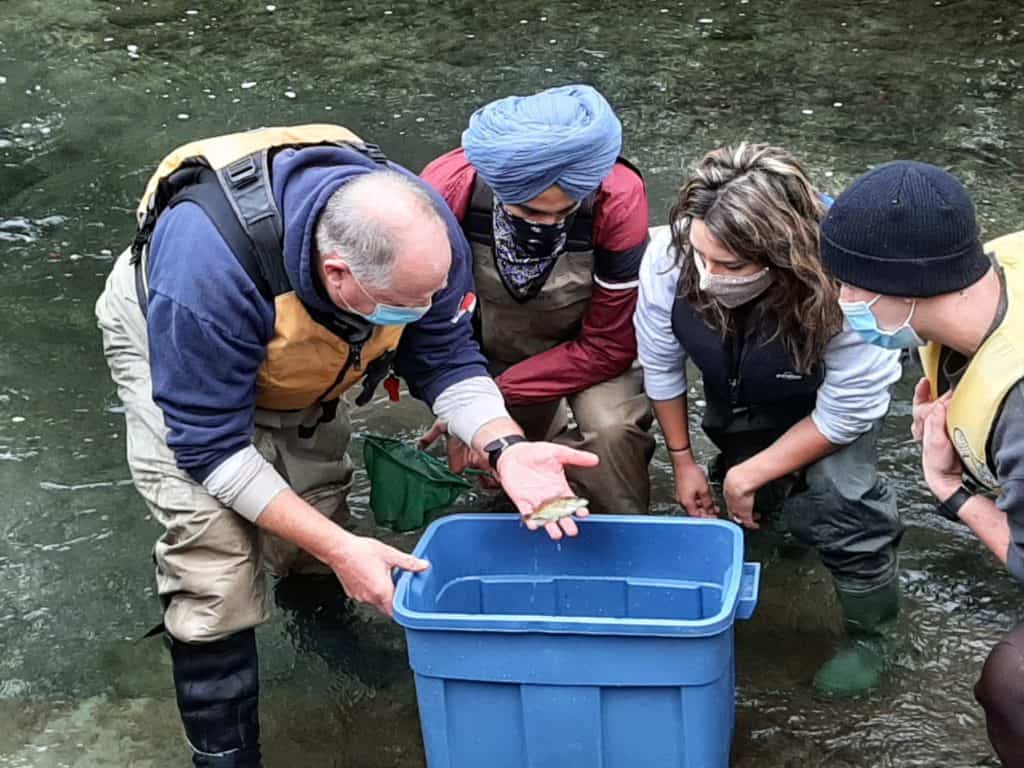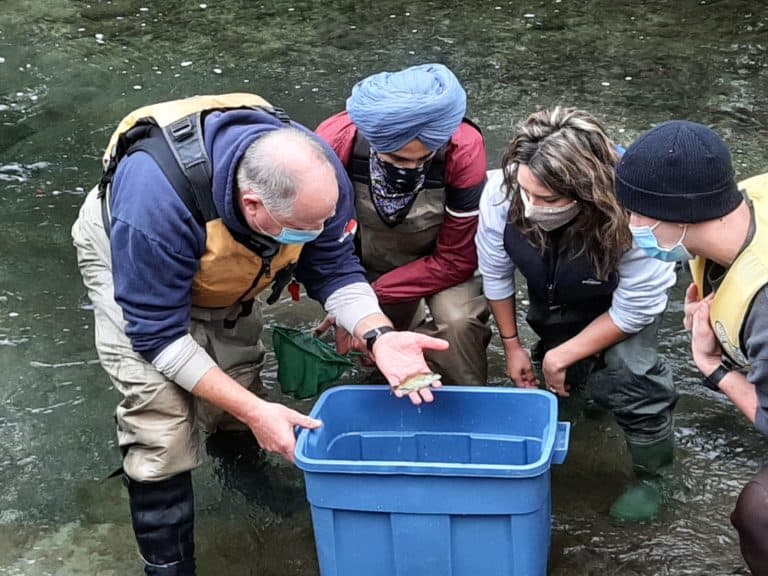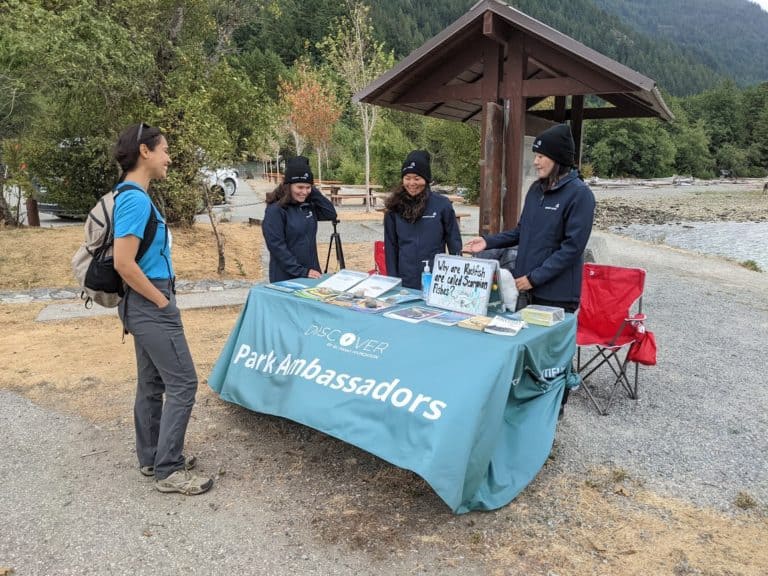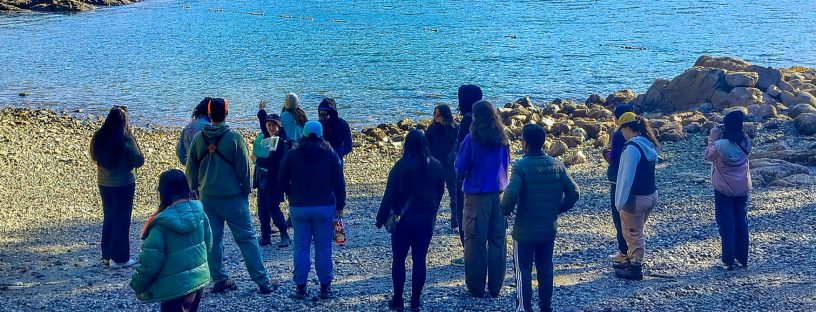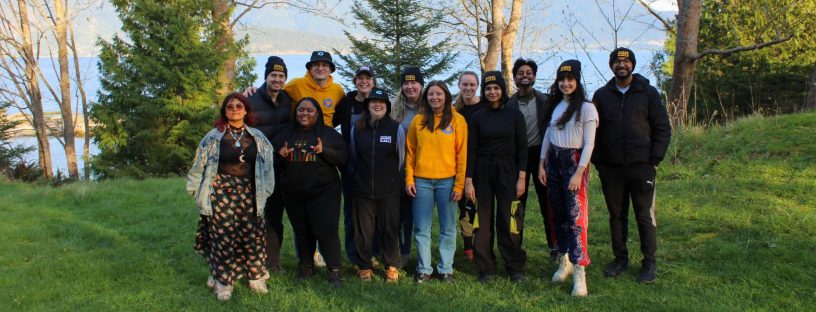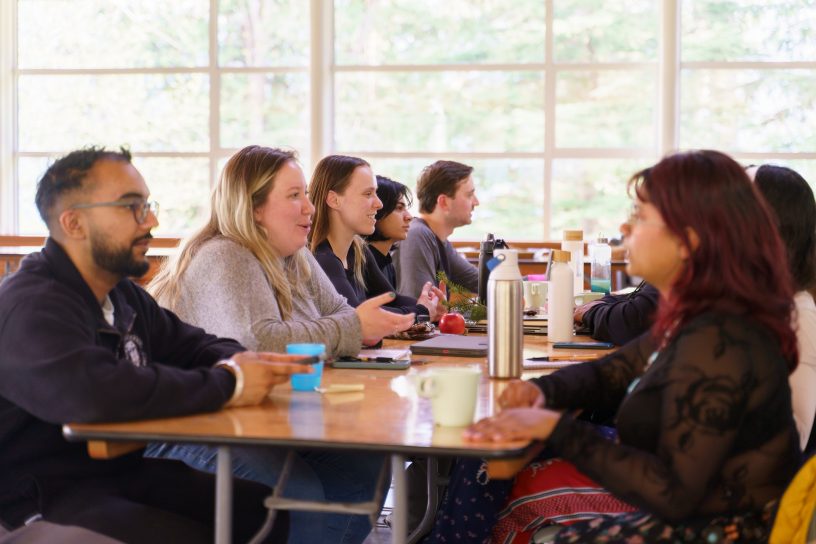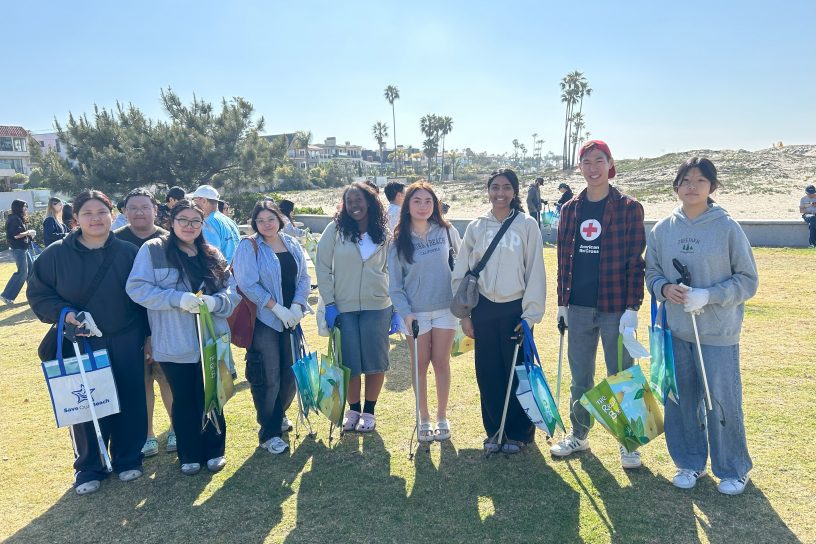A Systems Thinking Approach to Watershed Conservation: Reflections from the Kluane Lake Research Station
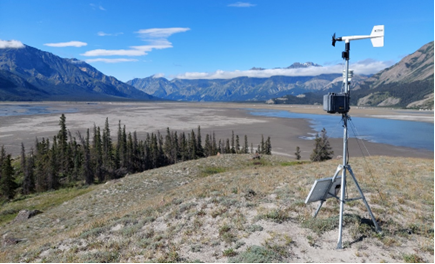
Ocean Wise’s Direct Action program places 30 young people in immersive virtual and field-based service-learning placements working with government organizations, not-for-profits, and creative arts partners across Canada. In the summer of 2022, Alissa Sallans worked as a research assistant with PhD candidate Kristina Miller as part of the Ocean Wise Youth Direct Action program at the Kluane Lake Research Station in Yukon. After completing her Direct Action placement, Alissa began her Masters in environmental sustainability at the University of Ottawa where she hopes to further her knowledge on the intersections of climate, water, justice, and sustainability.
In the summer of 2022, I had the unique opportunity to learn from PhD candidate Kristina Miller at the University of Calgary’s Kluane Lake Research Station located in southwestern Yukon and learn about the hydrology of Lhù’ààn Mǟn (Kluane Lake). After spending the summer exploring the watershed, investigating sources of stream discharge, mapping groundwater, and connecting with other researchers at the research station, it has become apparent to me that watershed conservation requires researchers to consider other conservation factors beyond just studying the water in the watersheds. It seems that to successfully protect watersheds, we need to think holistically about the environmental relationships that sustain resilient bodies of water. Effectively, watershed conservation involves systems thinking.
Systems thinking refers to reflecting on how processes are related and how they influence each other. In the case of Lhù’ààn Mǟn, patterns of water fluctuations, feedback loops of environmental change, relationships between water and human health, changes to patterns of wildlife movements, and the impact that all these changes have on traditional knowledge are all pieces of the puzzle when thinking about watershed conservation.

Made by: Alissa Sallans
Lhù’ààn Mǟn is the largest lake in the Yukon located on the traditional territory of the Kluane, Champagne-Ashihik, and White River First Nations in the Bering Sea Watershed. In 2016, the Ä’äy Chù (Slims River) which was thought to be the largest source of water feeding Lhù’ààn Mǟn, was diverted by the retreat of the Kaskawulsh Glacier causing the volume of the river to drop significantly. While the water levels of Lhù’ààn Mǟn decreased by 2 meters as a result, the lake has stayed relatively consistent in volume, raising the question of what sources of water feed into the lake. PhD candidate Kristina Miller’s research aims to answer this question through analyzing groundwater, streamflow, and other variables.
The lake has not only been a site of hydrology research, but also of research across disciplines of geology, biology, glaciology, climatology, and several other “-ologies.” The more I think about the research that happens at the Kluane Lake Research Station, the more I consider how interrelated these disciplines are, and how connected the water is to human health, traditional knowledge, and the ecosystem as a whole.
For instance, since the Ä’äy Chù riverbed all but dried up, it has become a large source of dust storms. Silt and dust that were buried by the river now get blown up when wind comes through the valley, impacting air quality and moving trace elements across larger distances. University of Montreal PhD candidate Sophie Pouillé and her team stayed at the research station for three weeks this summer to look at whether trace elements, such as arsenic, were accumulating in traditionally used plants such as twinflower and soapberries around Lhù’ààn Mǟn, as well as being deposited in lake bottoms around the region. This work may help researchers understand how human health is impacted by these dust storms, help indicate how much of these trace elements could be dissolved in Lhù’ààn Mǟn, and pinpoint what further research is needed.

Photograph: Alissa Sallans
The Ä’äy Chù represents more than just a new site of scientific interest; its changes have also had cultural implications. In the 2019 Kluane Research Summit Summary Report, it is noted that not only has Lhù’ààn Mǟn seen environmental changes over the past decade, but also “relationships with language are changing” (p. 40). Chù means “water” in the Southern Tutchone language, but now that the Ä’äy Chù has lost most of its water, the meaning of its name has lost its original significance. This is but one reminder of how much traditional knowledge and cultural significance there is to Lhù’ààn Mǟn and its surrounding water.
In fact, the name Lhù’ààn Mǟn itself means “Big Whitefish Lake” as the lake is known to be a good fishing location for whitefish, trout, and salmon. The lake is an important migratory chum salmon spawning habitat, but warmer water temperatures, reduced groundwater, and lower overall water levels have already been shown to be contributing to the decline in recent years of annual chum numbers. This sort of species-level change has impacts on local fishing and has ripple effects within the food chain.
Another culturally and ecologically important species that lives around the lake is the Dall Sheep. In Kluane National Park and Reserve, Parks Canada monitors freshwater, forests, and tundra – and have surveyed Dall Sheep on Thechàl Dhâl (Sheep Mountain) since 1974. Masters’ student Mary Anne Schoenhardt from Queen’s University came to the Research Station to investigate the vegetation patterns in habitat used by Dall Sheep. I joined her on a hike up Thechàl Dhâl to help with vegetation transects to document the presence of alpine species that are part of the Dall Sheeps’ diet. Access to these alpine plants impacts not only the Dall Sheeps’ access to food, but also their travel patterns and ability to avoid predators. These plants may be greatly impacted by changing patterns in snow cover. Changes in the habitat use of these sheep over time may signal change coming lower in the valley too—a reminder that the health of a watershed includes the ecological integrity of the region as a whole.
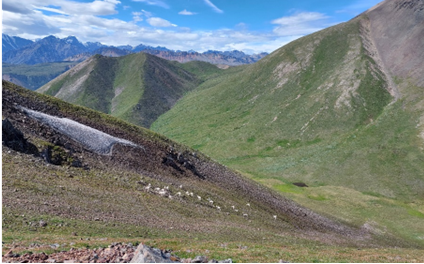
Photograph: Alissa Sallans
Relationships between water, plants, culture, aquatic species, and terrestrial species can demonstrate how hydrology flows throughout all disciplines and allow us to reflect on how a systems thinking approach can help to understand, monitor, protect and conserve Lhù’ààn Mǟn and its watershed.
A big thank you to Ocean Wise for the opportunity to be a Direct-Action Ambassador this summer, to Kristina Miller for involving me in her research, to the Kluane Lake Research Station for hosting me for the summer, and to all the wonderful people I have met, worked with, and learned from at the research station.
Ocean Wise Youth The Ocean Wise Youth initiative consists of three programs; Ocean Bridge, Direct Action and YouthToSea, all of which provide hands-on ocean conservation and literacy skills and education. Learning from experts in marine conservation, and supported by Ocean Wise, youth are empowered to take action and become ambassadors for the ocean. Ocean Wise Youth programs are funded by the Government of Canada through Canada Service Corps. Learn more or become an ambassador: Youth Programs – Ocean Wise.
Direct Action This unique three-month work-placement program, provides 30 young people aged 18-30 with field-based and virtual conservation and communications projects. Youth work closely with established scientists, researchers, communicators, and educators on aquatic and marine ecology and conservation projects. Ambassadors also receive coaching sessions and training by Direct Action staff to build their capacity as ocean and freshwater leaders.
Canada Service Corps
Canada Service Corps is designed to generate a culture of service among young Canadians; concrete results for communities; personal growth through participation in a diverse team of peers; and lasting impacts on participants. Visit www.canada.ca/CanadaServiceCorps to learn more and how to get involved in the way that works best for you.
Posted October 31, 2022 by Ocean Wise
